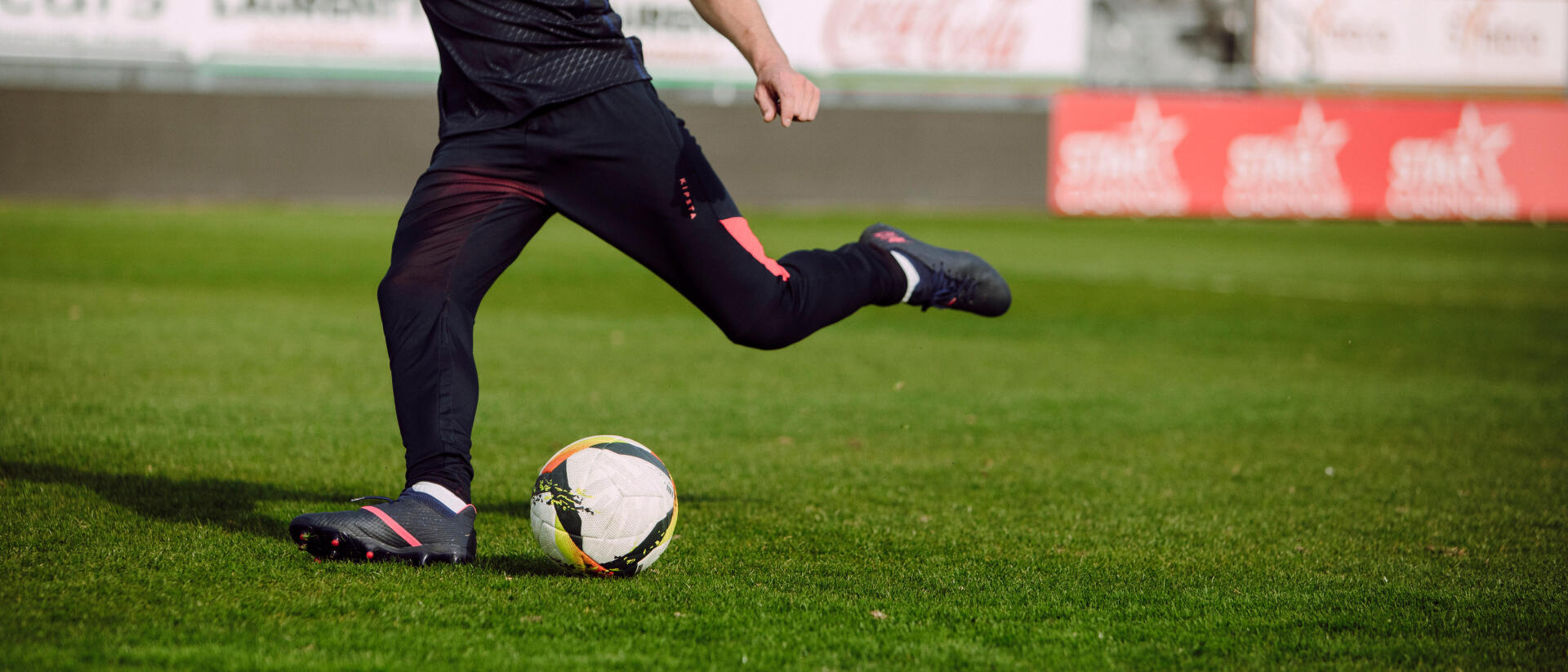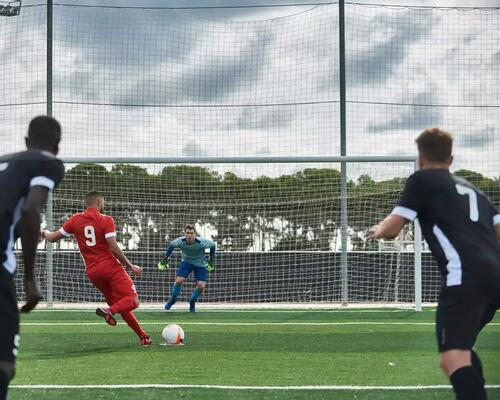A bit of history: since when has the off-side rule existed in football?
Most of the rules in football are really simple, but that cannot really be said for the off-side rule also called rule 11. In addition, it is sometimes even less easy to detect during a game. This is one of the reasons why recourse to the video is becoming commonplace in order to check whether a player was off-side or not.
The rules of football were first officially put in writing by the English Football Association in 1883. The off-side rule was included to prevent attackers positioning themselves close to their opponents' goal ready to receive a pass and having a much easier chance of scoring a goal.
Before this rule came into effect, players could pass the ball directly to such team-mates waiting close to the opponents' goal. That was, of course, rather effective, but far too easy. The off-side rule was invented in order to multiply the number of strategies for scoring a goal, and therefore to ensure that interest in the game of football was maintained.




